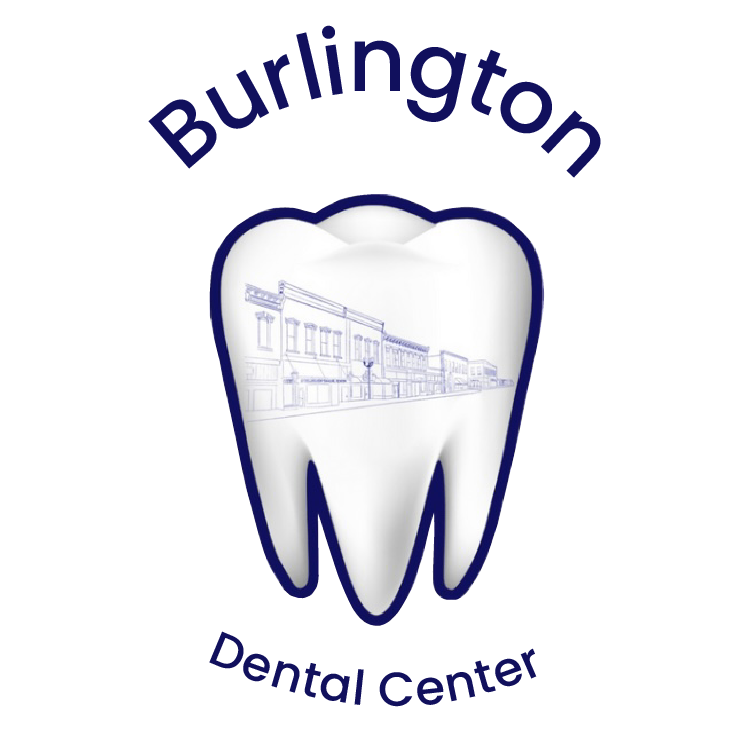
D2330 vs D2391 Dental Codes
D2330 and D2391 are dental codes for one-surface composite fillings.
D2330 is used for single-surface fillings on anterior teeth.
D2391 is for single-surface fillings on posterior teeth.
Comparing Dental Codes D2330 and D2391
When it comes to dental restorations, understanding the specific coding can be crucial for both dental professionals and patients. Two such codes are D2330 and D2391, which refer to different types of composite fillings on teeth.
Here’s a brief comparison to clarify the usage and differences between these two codes.
D2330: Composite Filling for Anterior Teeth
Dental code D2330 is used specifically for a composite resin filling on one surface of an anterior tooth. Anterior teeth include the incisors and canines, which are located in the front of the mouth. These teeth are most visible when smiling, so aesthetics are a priority.
Aesthetic Considerations: Since these teeth are more visible, composite materials, which can be closely matched to the natural tooth color, are commonly used.
Usage: Employed primarily for small cavities or minor tooth repairs where appearance is important.
D2391: Composite Filling for Posterior Teeth
On the other hand, D2391 pertains to the use of composite resin for a single-surface filling on a posterior tooth, which includes both molars and premolars. These teeth are primarily used for chewing and are located in the back of the mouth.
Functional Benefits: Posterior teeth fillings with composite provide durability and resistance suitable for the high-pressure environment of chewing.
Aesthetic and Structural Considerations: While aesthetics may still be a factor, the primary focus is on the functionality and strength of the filling due to the biting forces exerted on these teeth.
Key Differences and Considerations
Location and Visibility: D2330 is for anterior teeth (incisors and canines), while D2391 is for back teeth (premolars and molars).
Material and Technique: Both codes involve composite materials, but the techniques may vary slightly due to the different shapes and access issues with anterior versus posterior teeth.
Insurance and Cost Implications: Depending on the dental insurance plan, the coverage for anterior versus posterior fillings can differ slightly.
Final Thoughts
Both D2330 and D2391 play vital roles in dental restoration, with each tailored to meet the specific needs of the tooth's location within the mouth. Understanding these codes helps ensure that the correct treatments are applied and billed appropriately, facilitating smoother insurance claims and patient satisfaction.
For optimal dental health and treatment outcomes, it’s essential that both patients and providers recognize the distinctions between these codes.
* Though the author of this post is a licensed dentist in the state of Kansas, this information is provided for informational and educational purposes only. Please use your best judgment and contact emergency medical services in the event of an emergency.
